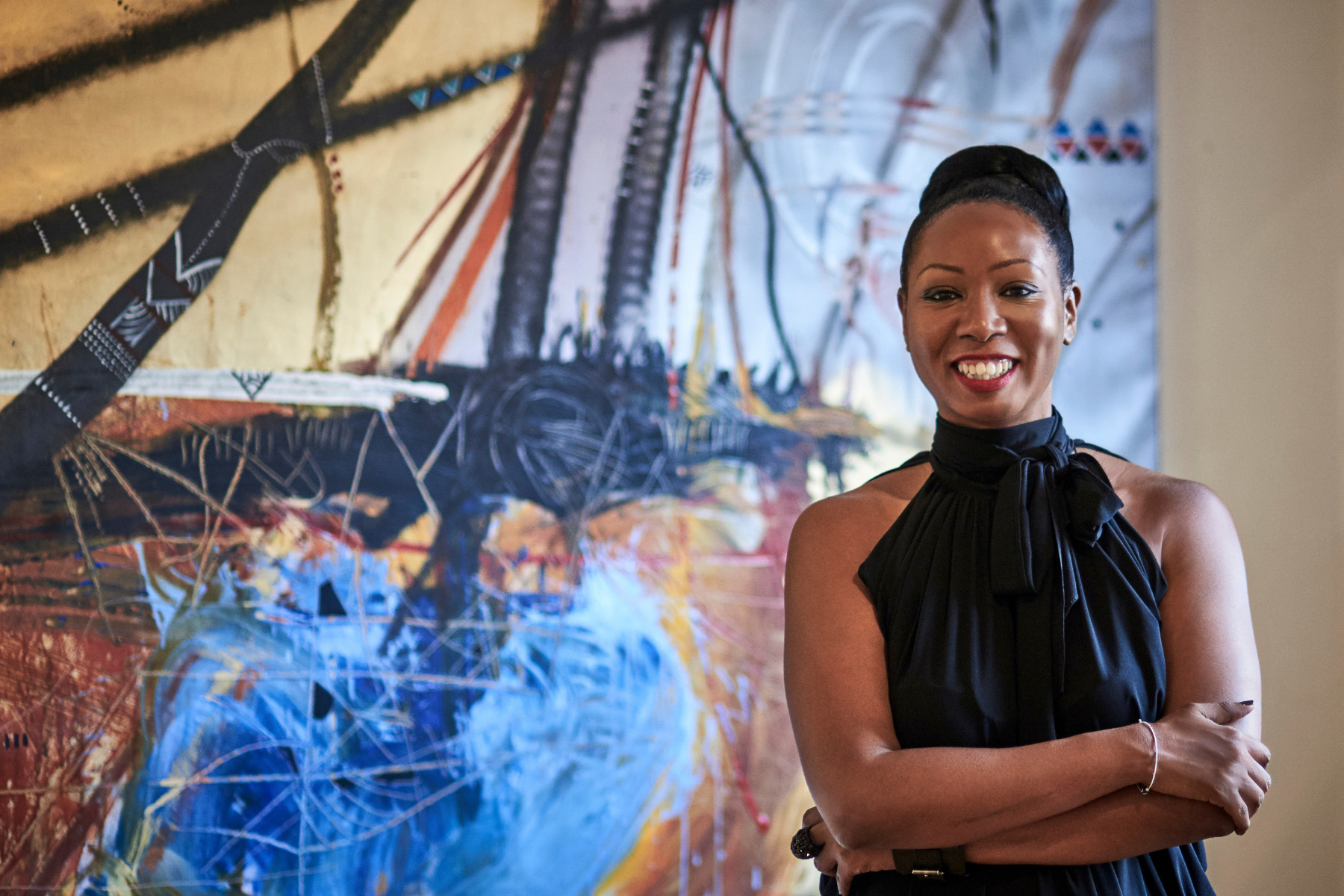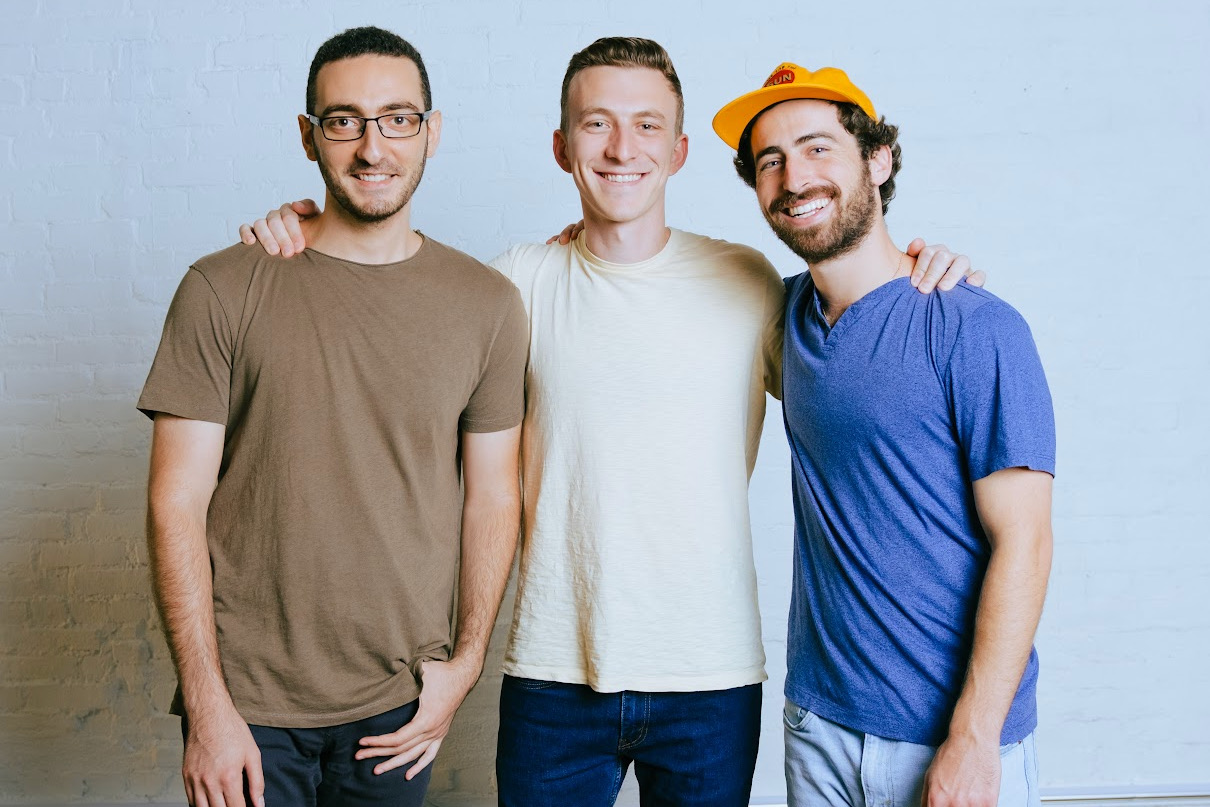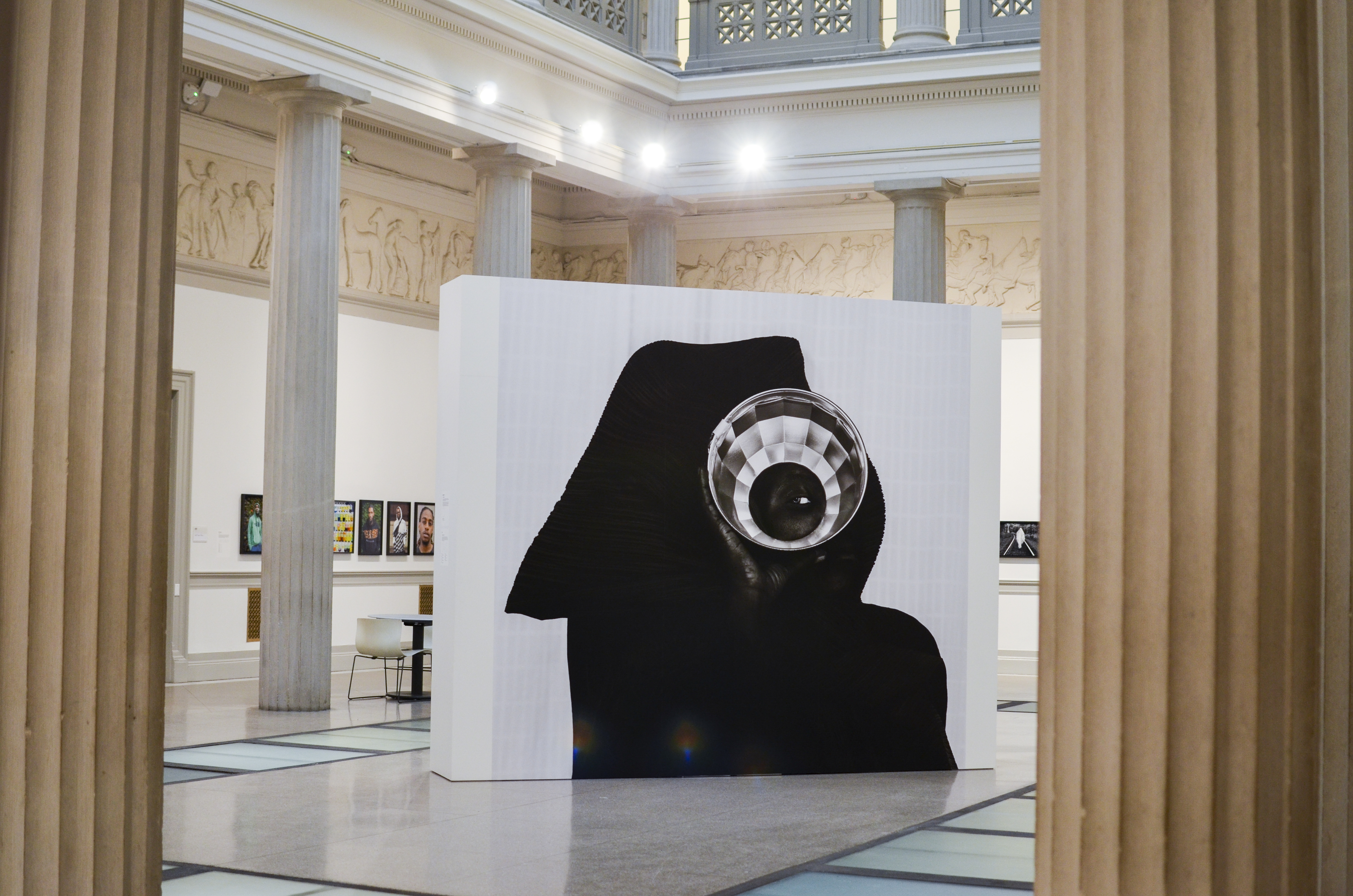By Nick Erickson
Despite working in the business and legal affairs departments of major companies such as MTV and Sony, Kiki Somerville needed a spark. So, she left a life of stability and moved to Paris seeking to connect more with her love for art.
While visiting some of Europe’s finest museums and galleries, Somerville concluded that art told the story of the world, and thus belonged to the world. Except she was troubled by how few people held the paintbrush.
Determined to re-allocate some of what has now become a $65 billion industry, Somerville has since made it her mission to level the playing field and open the art market to creatives with talent and ambition who haven’t historically had access to buyers.
In 2011, she founded The Fearless Artist to support and promote artists who needed a team of professionals with business skills. Its popup gallery, showcased every year now at Art Basel Miami, has featured more than 300 artists from at least 30 countries since 2014.
Somerville, a graduate student in George Washington University’s Corcoran School of the Arts and Design’s inaugural Social Practice M.F.A. cohort, recently launched The Fearless Artist’s Young Curators Program that helps younger artists get their work seen, shared and sold.
“Our mission is to empower artists, provide them access to coaching, a community and to art buyers who care about social change,” said Somerville, who also holds a law degree from Fordham University.
Part of that social change is making the industry more accessible to those from underrepresented communities, which hits close to home for Somerville. According to a recent study, women of color represent less than 1% of the art market, and 87% of artists represented in U.S. art museums are men with 85% of those being white men.
She tries to highlight all women artists and support women of color to help them get their stories told while gaining economic growth. To her, being fearless is about passionately living through a self-determined purpose and doing so unapologetically.
Somerville lives by example and isn’t afraid to dive into uncharted waters to pursue a goal or better her own repertoire. That’s why she enrolled in GW’s Social Practice M.F.A in fall 2020. She was enticed that the program seemed to be an intersection of art, public policy and community engagement.
“It really fit everything that I had work towards in building that safe space for all kinds of artists to develop their skills and to connect with audiences while honing that to be economically empowered by that direct access,” Somerville said.
She has fully taken advantage of the resources GW has to offer and has utilized a wide network of faculty and staff professionals both in Corcoran and the Office of Innovation and Entrepreneurship (OIE). Bob Smith, director of I-Corps at GW, first met Somerville while he Zoomed in to present for a Kathy Korman Frey class Somerville was taking. There, he pitched OIE’s mentor-in-residence program, and he heard from Somerville shortly after.
She has been coming to him weekly since last fall. He has helped her with pitch decks, in addition to connecting her with investors and lawyers so she can take advantage of even more partnerships and opportunities with The Fearless Artist. Somerville’s passion for her business is evident to Smith, which is why he thinks the sky is her limit.
In fact, Somerville has already received funding from the first venture capital fund—Brown Venture Group—she reached out to, which is a significant feat considering women founders secured only 2% of venture capital in 2021.
“She’s just a force of nature,” Smith said.
While GW has provided an abundance of resources, mentors and educational opportunities, Somerville also added some of her classmates to her team. Maggie Walsh, B.A. ’21, now works in operations and partnerships with The Fearless Artist. She loved the vision of the company and was eager to partner with the woman seeing it through.
“There’s so much inspiration out there in the world, and seeing what inspires other people shows the connection that The Fearless Artist builds is really, really important,” Walsh said.
Somerville believes academia and commercial art ecosystems are interdependent. As she put it, there’s “an invisible connective tissue that one cannot see unless one has been through and experienced them,” which is why she feels all artists should be well versed on the business side of the industry.
Her mission is to make that connectivity visible. As she discovered in Europe years ago, art belongs to the world, which is comprised of people with many backgrounds and stories to tell. That should be reflected in the industry, and she encourages young artists to keep expressing themselves—fearlessly.
“First of all, never give up,” Somerville said. “But also, show up as the best version of yourself that you can possibly be every day.”




